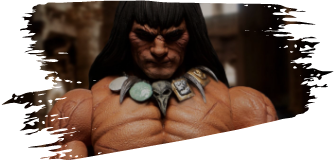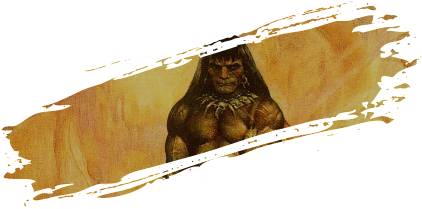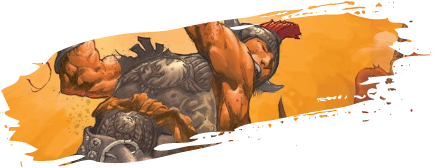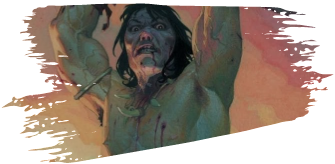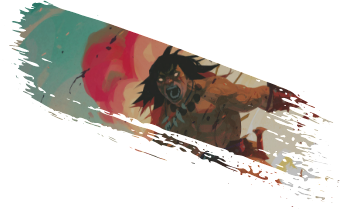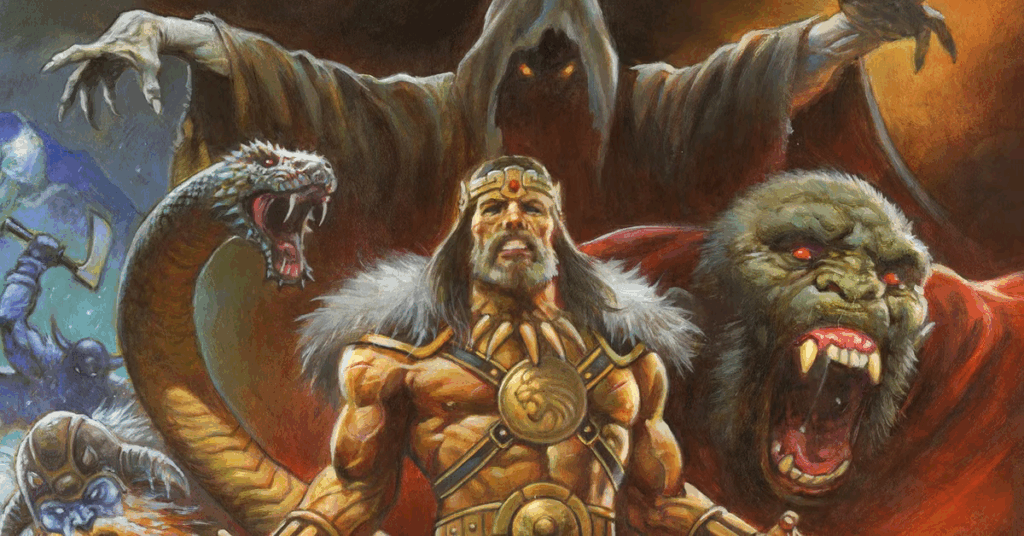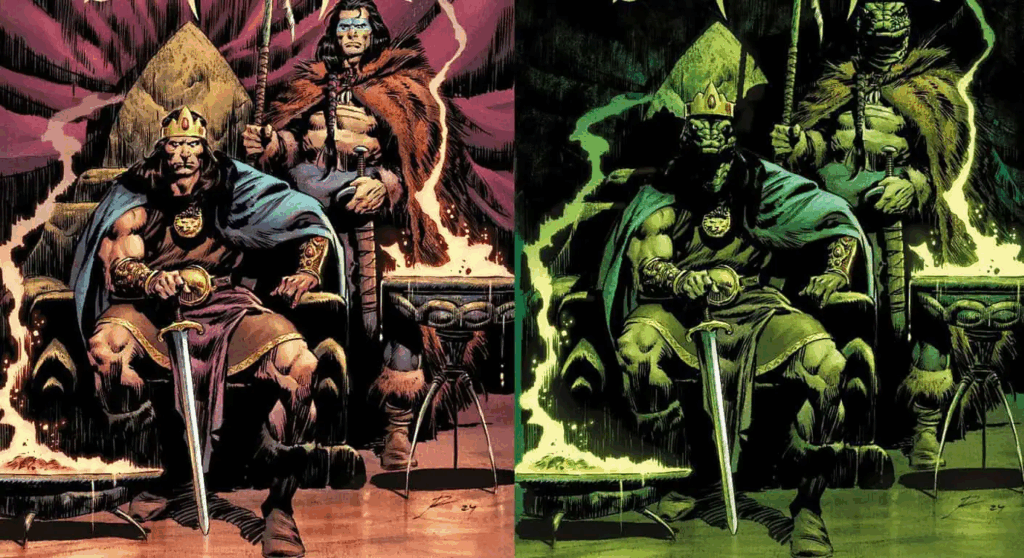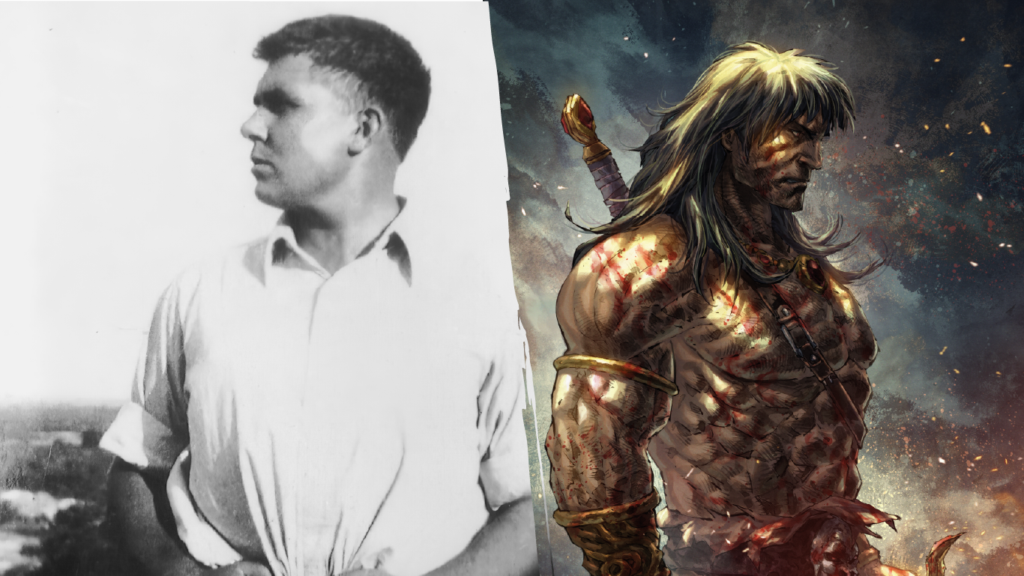
Over the years, a lot of misinformation has circulated about Conan’s relationship to Robert E. Howard, some of which was passed around (in good faith) by editors and directors who knew a little but not a lot about Howard and paraphrased quotes or just filled in what they didn’t know with a best guess. This is how we ended up with someone like John Milius telling an interviewer that Conan appeared to Robert E. Howard one night at the edge of his bed and said, with axe in hand, “Just stay there and write and if you don’t do exactly what I’m gonna tell you, I’m gonna cleave you down the middle.”
Obviously, that didn’t happen.
One of the great things about Howard’s heroes is that they tend to show up in their stories, fully formed, ready to go, with only hints and snippets of backstory judiciously scattered throughout. It’s a great trick for writers who can pull it off, but in Robert E. Howard’s case, we’re talking about the architect of modern sword and sorcery, here; the creator of Conan the Cimmerian, a touchstone of popular culture. As cool as the tidbits of Conan’s origin are, his literary origin, as a creation of Robert E. Howard, deserve a closer look.
Born on a Battlefield? More like in an Oil Field.
We’ve all heard the stories: Conan was born on a battlefield, and he broke the neck of a bull when he was still a youth. Really evocative stuff, of course. But where did Robert E. Howard come up with the whole idea of Conan?
There’s a famous quote pulled from a letter to Clark Ashton Smith in July, 1935, that has been widely referenced. Howard wrote:
It may sound fantastic to link the term “realism” with Conan; but as a matter of fact—his supernatural adventures aside—he is the most realistic character I ever evolved. He is simply a combination of a number of men I have known, and I think that’s why he seemed to step full-grown into my consciousness when I wrote the first yarn of the series. Some mechanism in my sub-consciousness (sic) took the dominant characteristics of various prize-fighters, gunmen, bootleggers, oil field bullies, gamblers, and honest workmen I have come in contact with, and combining them all, produced the amalgamation I call Conan the Cimmerian.
There you have it, problem solved, right? Not quite. There’s another quote, this time from Howard’s girlfriend, Novalyne Price Ellis, who wrote about one of their conversations in her memoir, One Who Walked Alone. When discussing characters and the writing “game” as he called it, he offered up some sage wisdom:
…if somebody asks you where you get your characters…and they’re sure to do that…you always say, “He’s a combination of a lot of people I have known.” That way, if your character is a damn fool, nobody will want to identify with him…To tell the truth, I don’t know how a man gets a character for a story, anymore than I know how he falls in love. I don’t know if his characters spring full-blown from his head, or if he sees a man walking down the street and recognizes him instantly… I doubt any writer knows for sure where his characters come from.
Howard’s answer is straight out of the professional author playbook, but that doesn’t make his response to Smith in the above letter any less accurate. Howard’s boomtown experiences were only hinted at in a few letters and conversations, but we know what kinds of things went on in oil boom towns in Texas in the 1920s and there were certainly those kinds of people in every oil field camp; guys who didn’t talk, and were slow to anger, but when they did finally lose their temper, they’d throw a single punch and break their antagonist’s jaw. Or a worker who didn’t seem very dangerous until provoked, and then he turned into a mountain lion and put down people twice his size. Or the charismatic leader of the crew who could command attention by just walking into the saloon. Those are all qualities that Howard ascribes to Conan, and moreover, characteristics we can clearly see in the various stories.
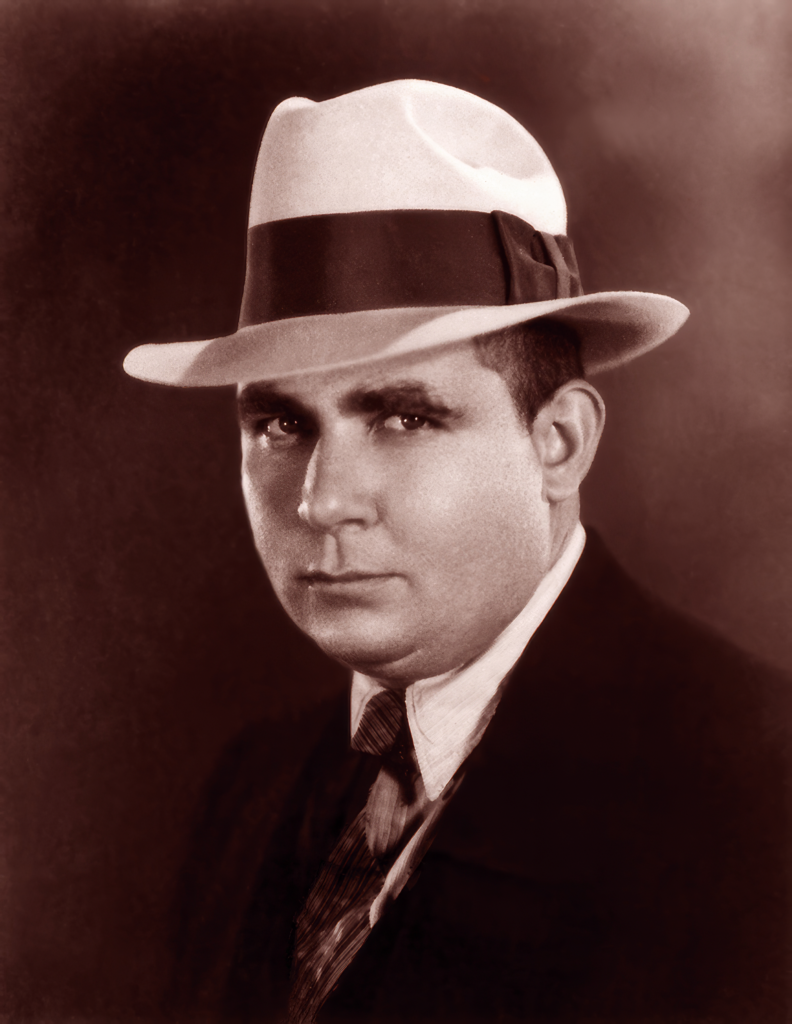
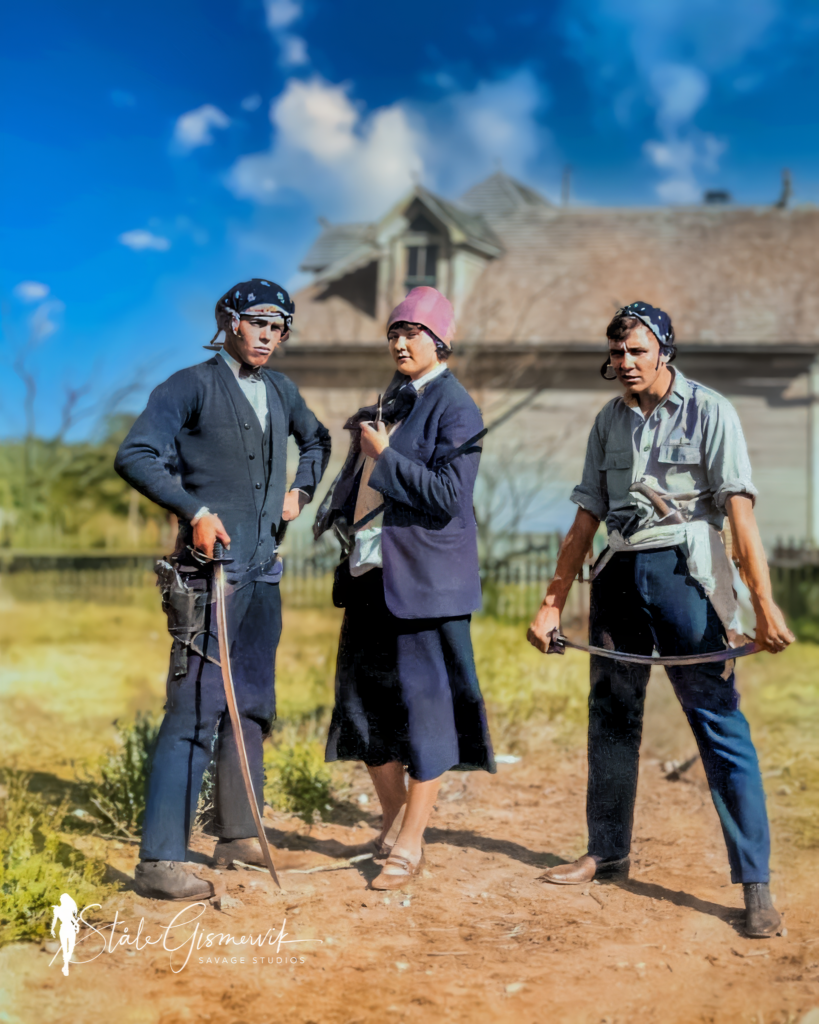
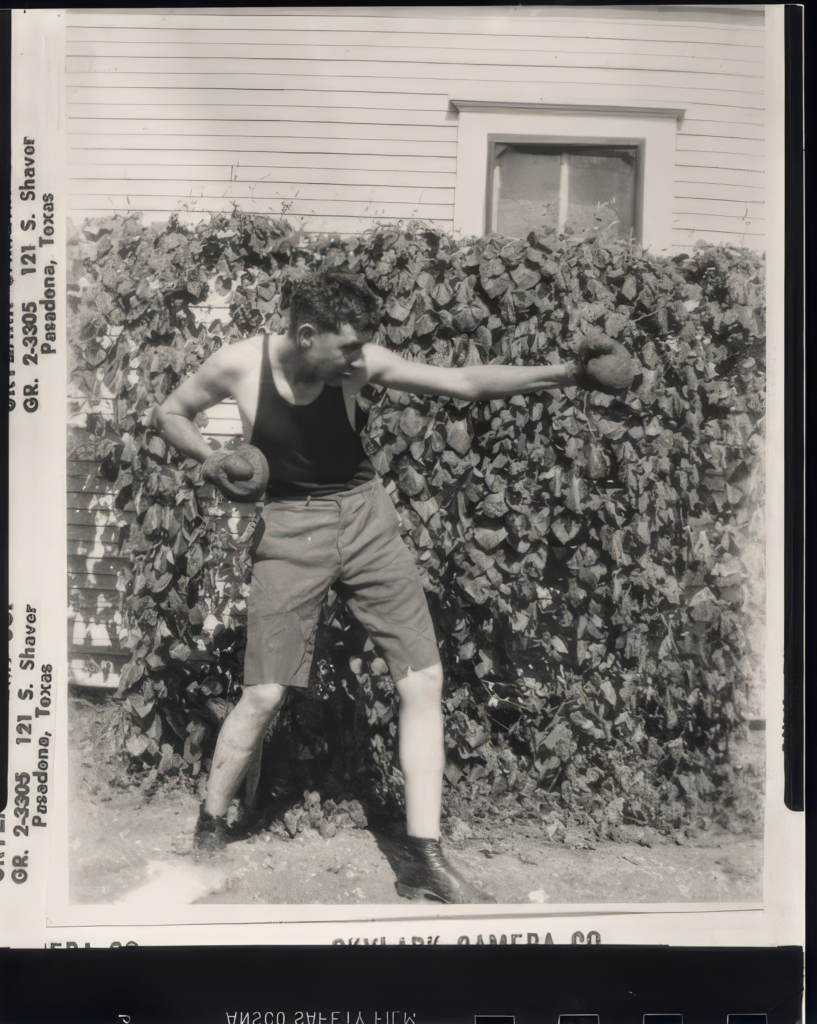
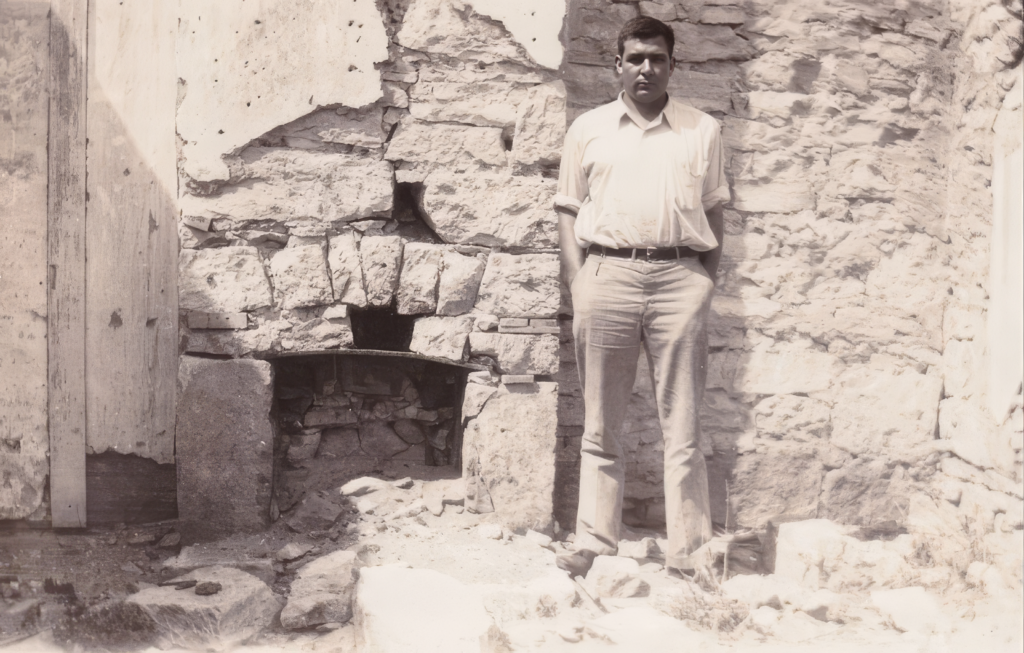
Economic Necessity
There’s another factor to consider when talking about the origin of Conan. The Great Depression started October 24, 1929, and by the early 1930s, the whole country was affected, including the pulp magazine industry. Howard’s most lucrative publisher, Fiction House, scaled way back on the publishing frequency of their magazines, Fight Stories and Action Stories, and for a time, they weren’t buying any new stories, instead working through their backlog of manuscripts (including boxing stories that Howard had already been paid for). Weird Tales was still barely afloat, but its companion magazine, Oriental Stories, which Howard was selling regularly to, was forced to cease publication after the 1934 issue.
To add to the stress, two of the banks in Cross Plains failed, and Howard lost his savings. He had to start over from scratch, and with less markets to choose from. Fortunately, his relationship with Farnsworth Wright was good, so he turned his attention back to Weird Tales, but this time, it was with a purpose.
Howard took a look at what the best-selling stories of the day were about (aside from his own, which were well regarded even before Conan). The most popular author in Weird Tales at the time was a writer named Seabury Quinn. His occult detective, Jules de Grandin, first appeared in the October 1925 issue of Weird Tales, and quickly became one of the mainstays of the magazine. De Grandin was kind of latter-day Sherlock Holmes-esque investigator of the paranormal, who always bested supernatural happenings rescued the nubile young woman, usually helplessly tied up and in danger. Sometimes, the monster and the nubile young woman were one and the same. This was seen as a feature, not a bug.
If Howard wanted to compete with that, he’d need a character who was an expert at dealing with the supernatural. Someone who was capable enough to rescue a damsel in distress. Someone interesting to read about, maybe a bit of a mystery himself. But he’d need to write that character his way, in his style.
That’s where the idea for the Hyborian Age came from, an epoch of time after the Thurian Age and 10,000 years before the modern era. Howard was already writing cracking good adventure stories set a thousand years ago during the various Crusades in Oriental Tales. Why not create his own time to set stories in, one that wouldn’t be fact-checked by every single reader of the magazine.
Howard may have known about Wright’s love of Shakespeare, too. Why not load up the stories with everything that an editor could want? Interesting, capable heroes, damsels in distress, set in an older world, with gothic trappings, a place both familiar and exotic and strange all at once. Add a dash of Shakespeare, a little classical mythology, and there you have it. Conan’s world in all its glory. How could Farnsworth Wright say no to that?
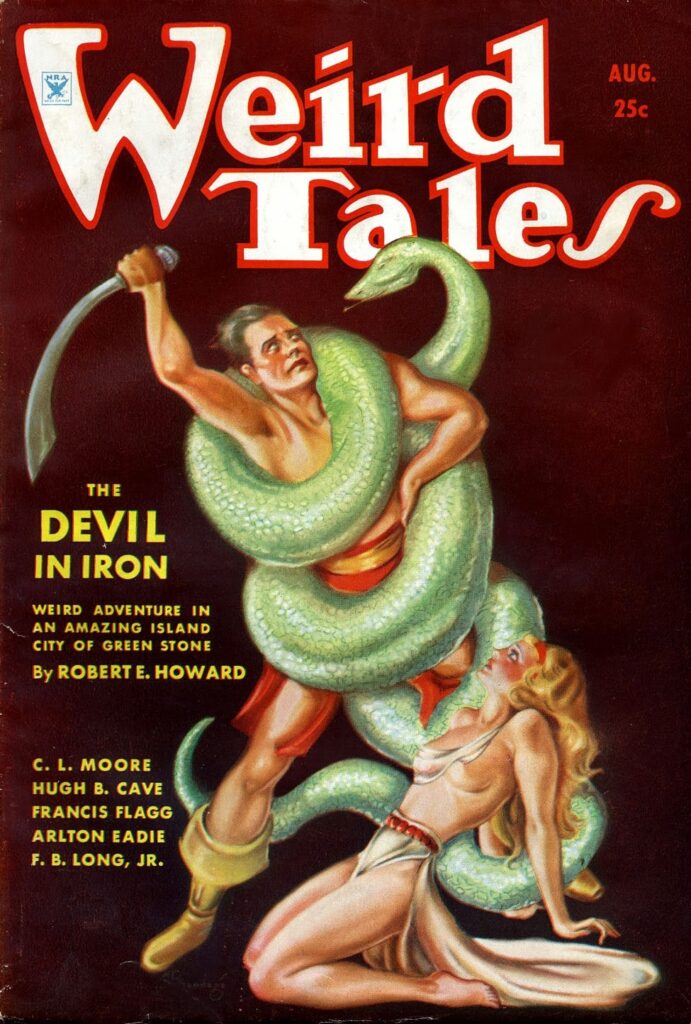


Wish-Fulfillment?
At this time in Howard’s writing career, he’d already seen a measure of success as an in-demand author that editors wanted to work with. As a professional writer, Howard learned early on not to throw anything away, especially unsold stories.
When he dreamt up the world for Conan to be in, he needed a story to hang everything on. That’s where the unsold King Kull story, “By This Axe, I Rule!” comes in. The whole plot to kill the king was a secondary plot Howard was developing in the Kull stories, but here, it’s the inciting incident. King Conan, at the end of his adventuring career, is first seen adding details to a map. He gets a ghostly warning from one of the ancient kings of old that his life is in danger and has just enough time to arm himself when the traitors burst through the door, intent on going full Julius Caesar on Conan. That’s when we see the barbarian emerge from the king’s shadow. Conan puts his hand on the wall behind him and snarls, “Who dies first?”
Who wouldn’t want to be Conan? He’s one of the most awesome literary characters of all time! Even his creator would have wanted some of the Cimmerian’s traits, and to some extent, he did. We know that Howard hated bullies and anyone that held their power over people’s heads. We know that Howard spent some time conditioning his body, lifting weights, and of course, boxing whenever he could.
Conan, like so many of Howard’s character, was a wanderer, never staying in one place for very long, always leaving or entering a new city or kingdom. Howard loved to travel and did so whenever he could, at least up until 1932. Howard’s mother’s health took a turn for the worst and Howard stayed close to home to look after her when his father wasn’t around. Howard’s characters, then, did the traveling when he could not. They were also strong-willed, free-thinking, and quick to befriend others as well as cross swords with any enemies.
Others have remarked on this, calling Conan a “wish fulfillment character” of Howard’s, but I don’t think it was quite like that. Rather, Conan was a “heightened” character, a bigger, meaner, and freer world traveler, doing the kinds of things Howard would have liked to do, if he’d only had the opportunities. You can say this about nearly all of Howard’s heroes, both serious and silly.
As Howard wrote more Conan stories, the types of tales and the subject matter changed and grew as Howard’s world both expanded and shrank. At the end of 1935, after he’d quit writing Conan for Weird Tales, the latter stories were very different from the earlier tales he’d set down. Howard wasn’t great at talking about his work, se we are left with just a few quotes to explain his motivations and intentions, and even then, they contradict one another!
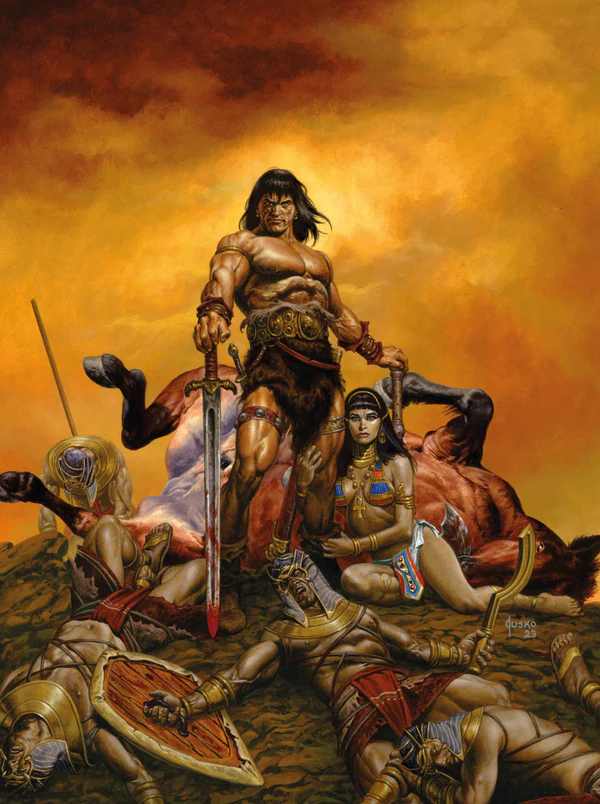


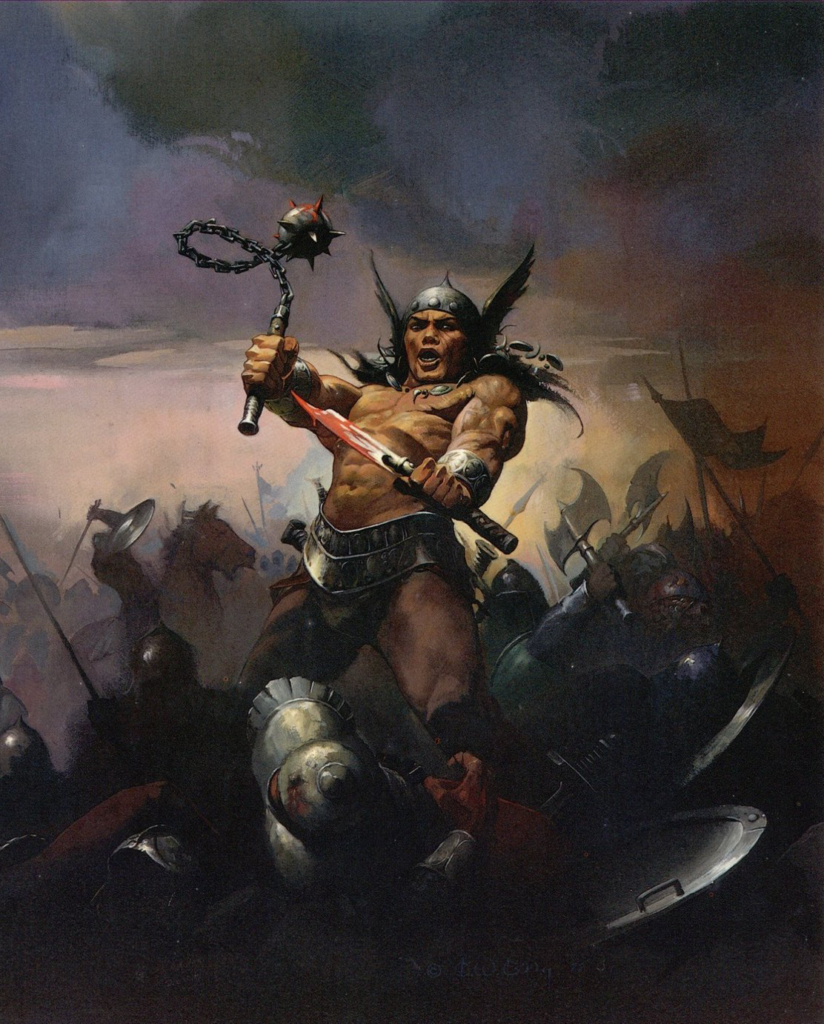
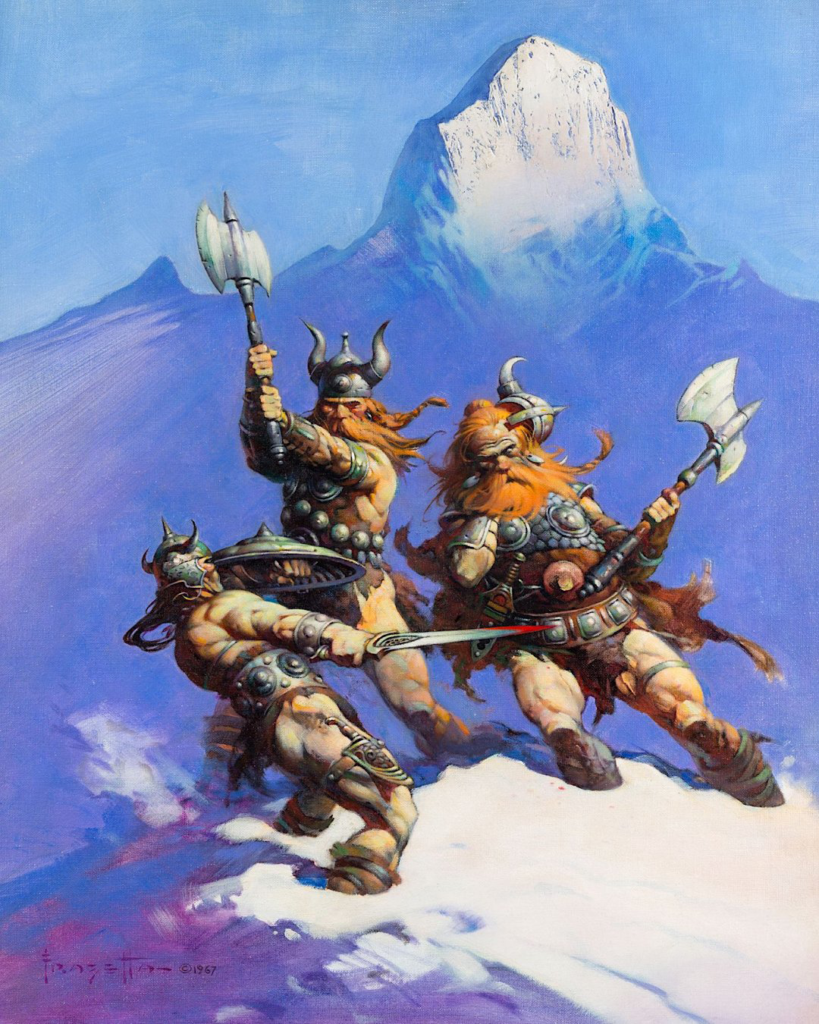

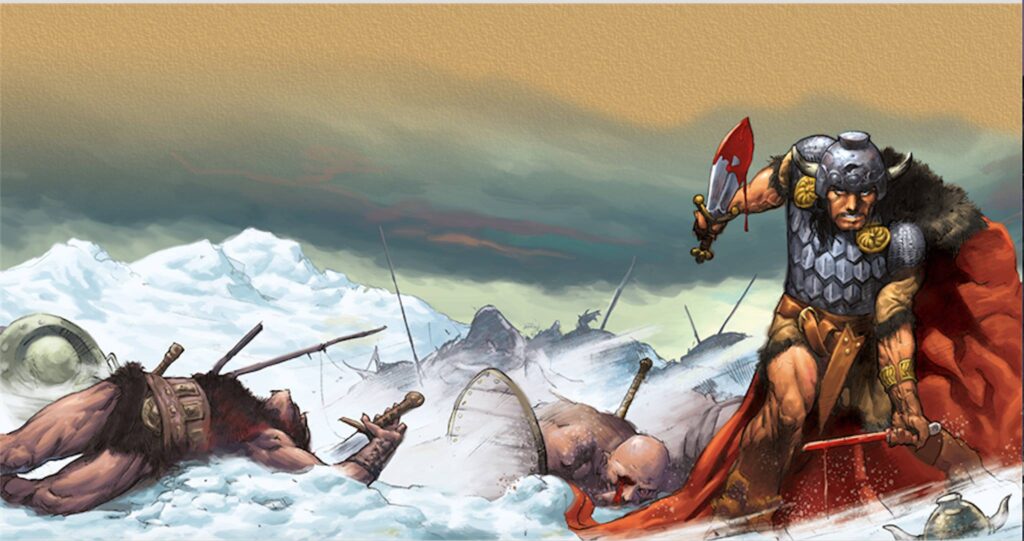
An Amalgamation of Influences
So, where did Conan come from? It turns out, from a lot of different sources. Conan’s origin in the stories is interesting, but looking at Howard and the way the series came together is the kind of alchemy we see from master craftsmen. Conan was Howard’s greatest creation out of whole stable of incredible characters and stories. It the end, I think it’s okay for Howard to pat himself on the back a bit and take the credit he’s due. This final quote from a letter to Clark Ashton Smith in December 1933 was penned when Howard was in the middle of the series:
I know that for months I had been absolutely barren of ideas, completely unable to work up anything sellable. Then the man Conan seemed suddenly to grow up in my mind without much labor on my part and immediately a stream of stories flowed off my pen or rather, off my typewriter almost without effort on my part. I did not seem to be creating, but rather relating events that had occurred. Episode crowded on episode so fast that I could scarcely keep up with them. For weeks I did nothing but write of the adventures of Conan. The character took complete possession of my mind and crowded out everything else in the way of story writing. When I deliberately tried to write something else, I couldn’t do it. I do not attempt to explain this by esoteric or occult means, but the facts remain. I still write of Conan more powerfully and with more understanding than any of my other characters.
— REH to Clark Ashton Smith, December 14th, 1933
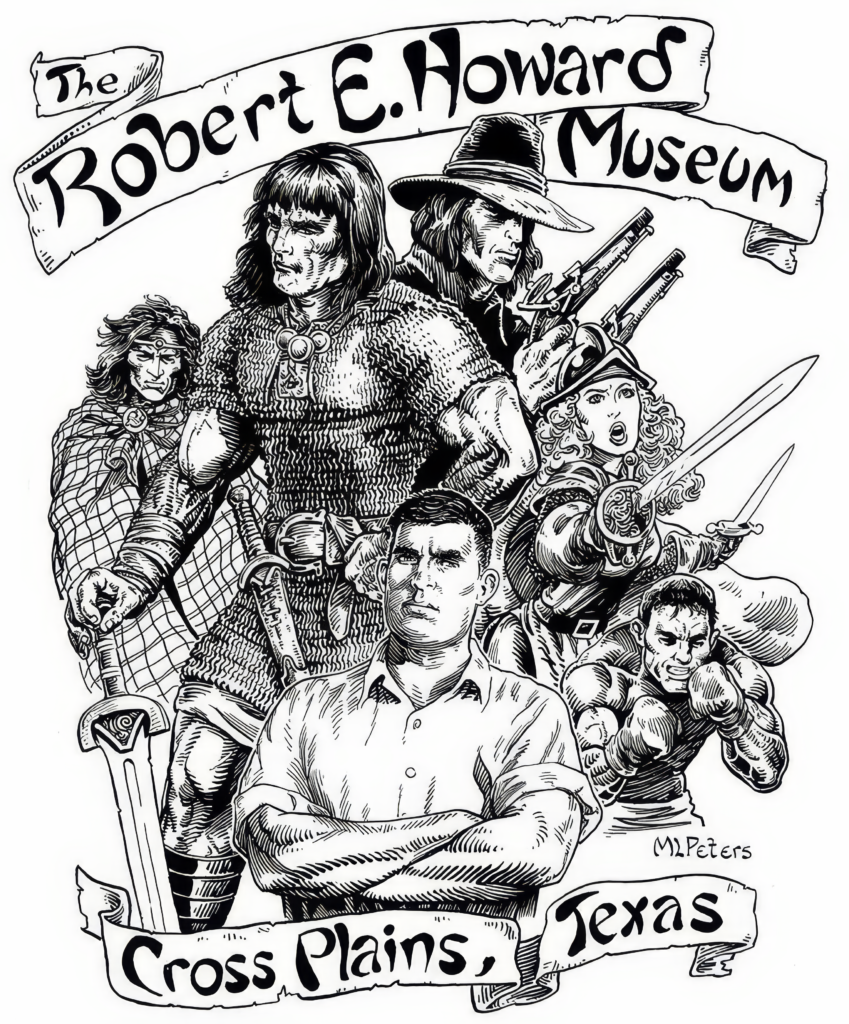

Mark Finn
Mark Finn is the author of Blood and Thunder: The Life and Art of Robert E. Howard, and a great many other books, essays, comics, short stories, and tabletop rpgs, as well. He lives in North Texas over an historic old movie theater with his wife and a ridiculous amount of books.


